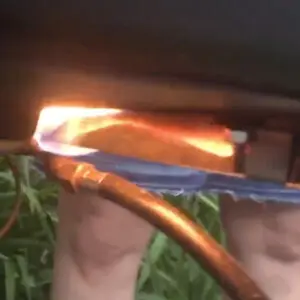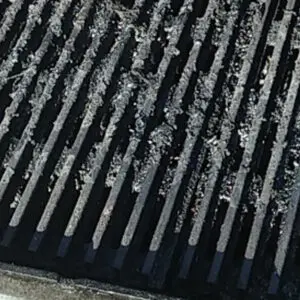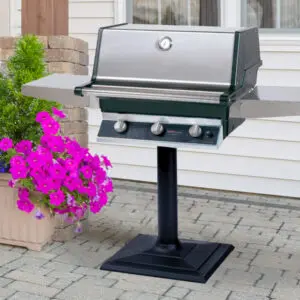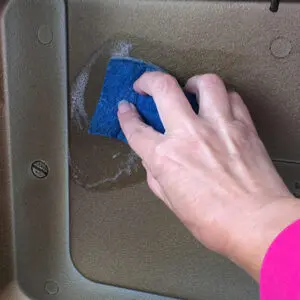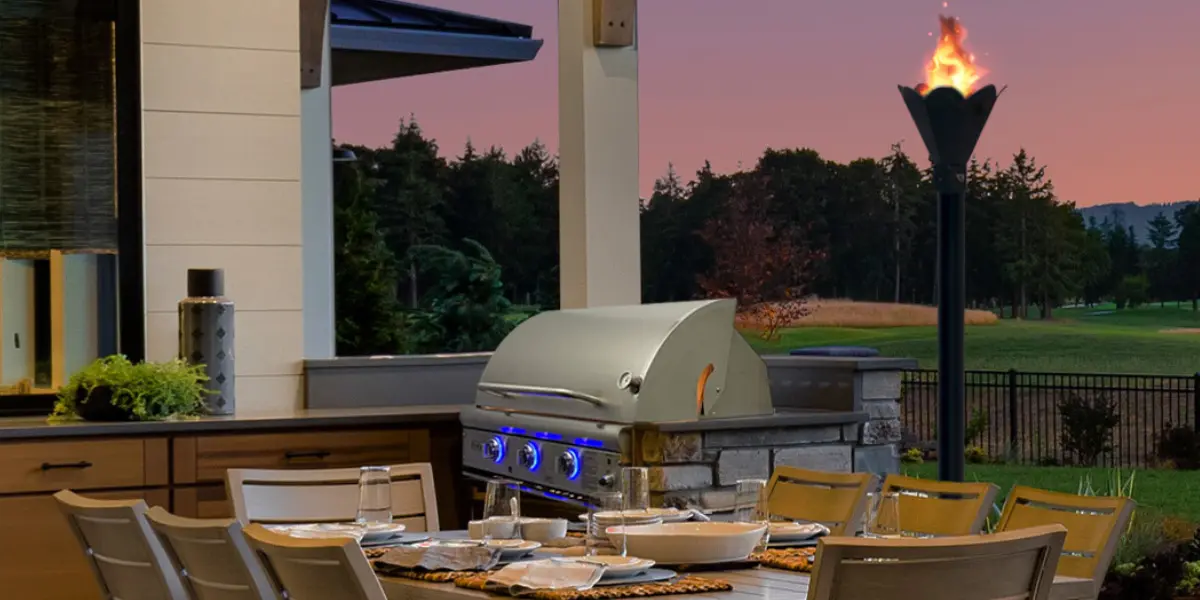
Planning on building an outdoor kitchen?
When it comes to crafting your dream outdoor kitchen or entertainment area, beauty and functionality are top priorities, but safety should never take a backseat. With built-in grills, one area of concern would be with natural gas or propane which can build up inside an island or enclosure and potentially ignite if there’s a leak anywhere. The best way to address this is with the proper ventilation. By installing vent panels you can ensure your outdoor kitchen is as safe and enjoyable as possible.
Let’s dive into the importance of proper ventilation for your outdoor haven.
Ventilation Design/Installation: Collaborating with an experienced contractor can yield a well-designed ventilation system. This tailored approach ensures precise airflow calculations and strategic placement of vent panels, combining aesthetics with safety.
Vent Panels: Strategically positioned vent panels act as gatekeepers, facilitating a continuous inflow of fresh air while evacuating unwanted gases and smoke. Their design incorporates functionality without compromising on aesthetics.
Proper Sizing: Your ventilation system should be sized to handle the thermal load and gas emissions effectively, providing a secure environment with a touch of sophistication.
Carbon Monoxide and Gas Detectors: The installation of carbon monoxide detectors and gas detectors can add an extra layer of security and peace of mind.
Compliance with Codes and Regulations: Adhering to local building codes and regulations is non-negotiable. Familiarize yourself with these standards to guarantee the safety and compliance of your outdoor retreat.
Regular Maintenance/Inspections: Consistent cleaning and maintenance of your grill and ventilation system prevent the accumulation of grease and other potential fire hazards. While routine inspections can alert you to signs of wear or corrosion that should be promptly addressed.
Emergency Procedures: Empower all users of the outdoor kitchen with knowledge of emergency protocols in the event of a gas leak or fire. Preparedness is paramount.
Installing the proper ventilation
If you are building an island that will house a propane or natural gas grill, vent panels are required to disperse the gas and protect the outdoor kitchen in the event of a leak. Natural gas and propane gas have different densities and therefore have different vent placement requirements.
Propane (LP) Vent Locations
Propane is heavier than air, so vents should go as close to the floor as possible.
Consult your grill manual and local code for the proper distance between vents.

Natural Gas (NG) Vent Locations
Natural gas is lighter than air making it rise. Place vent panels as high as possible on the island.
Consult your grill manual and local code for the proper distance between vents.

The necessary number and spacing of vent panels varies from grill to grill.
Consult your grill manual and local code for the proper amount of vents needed for your specific application.
